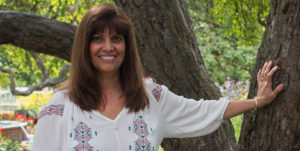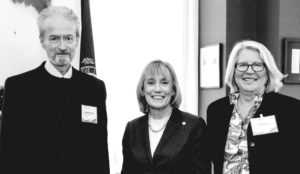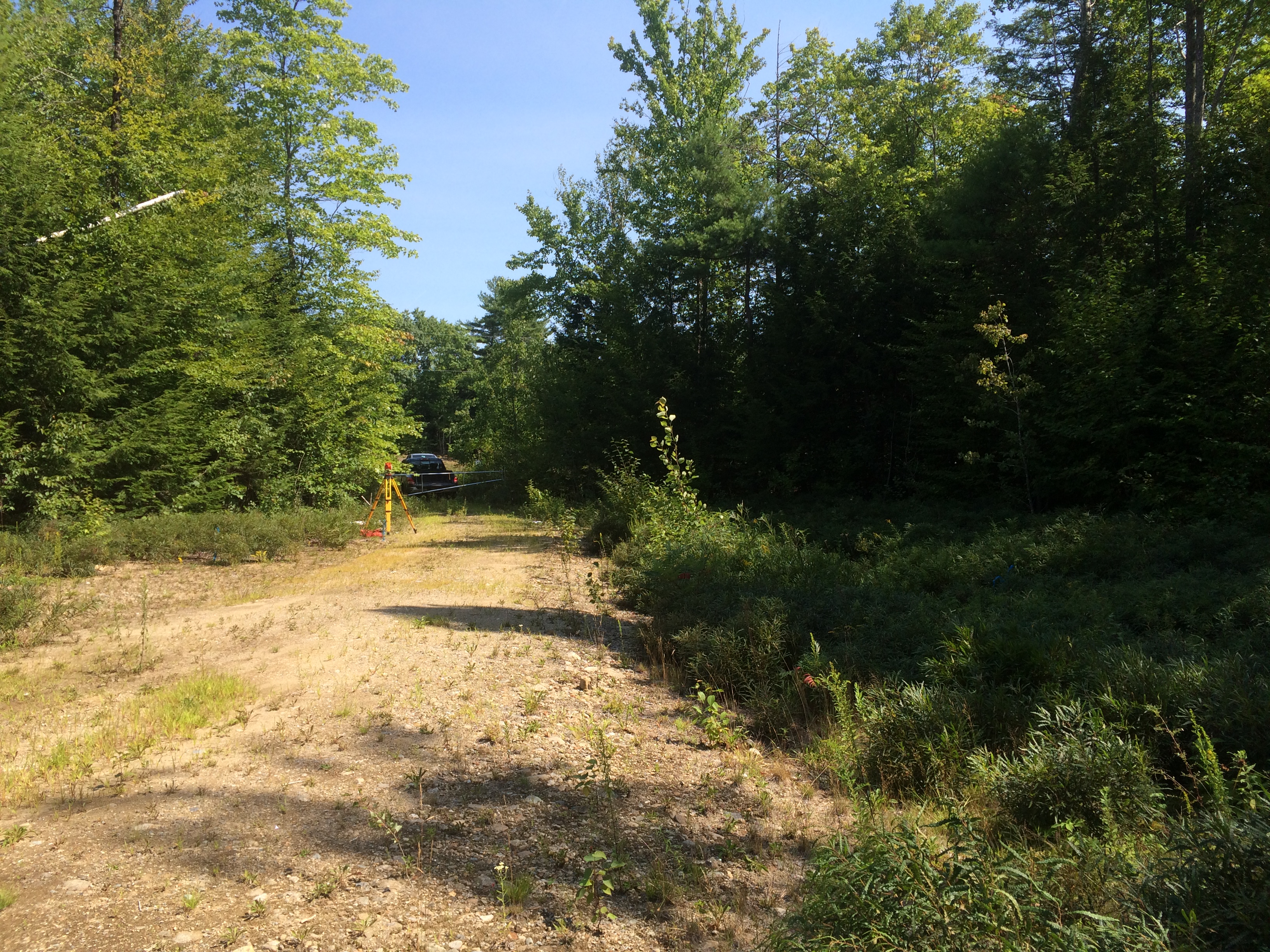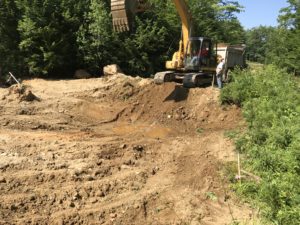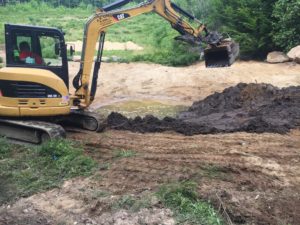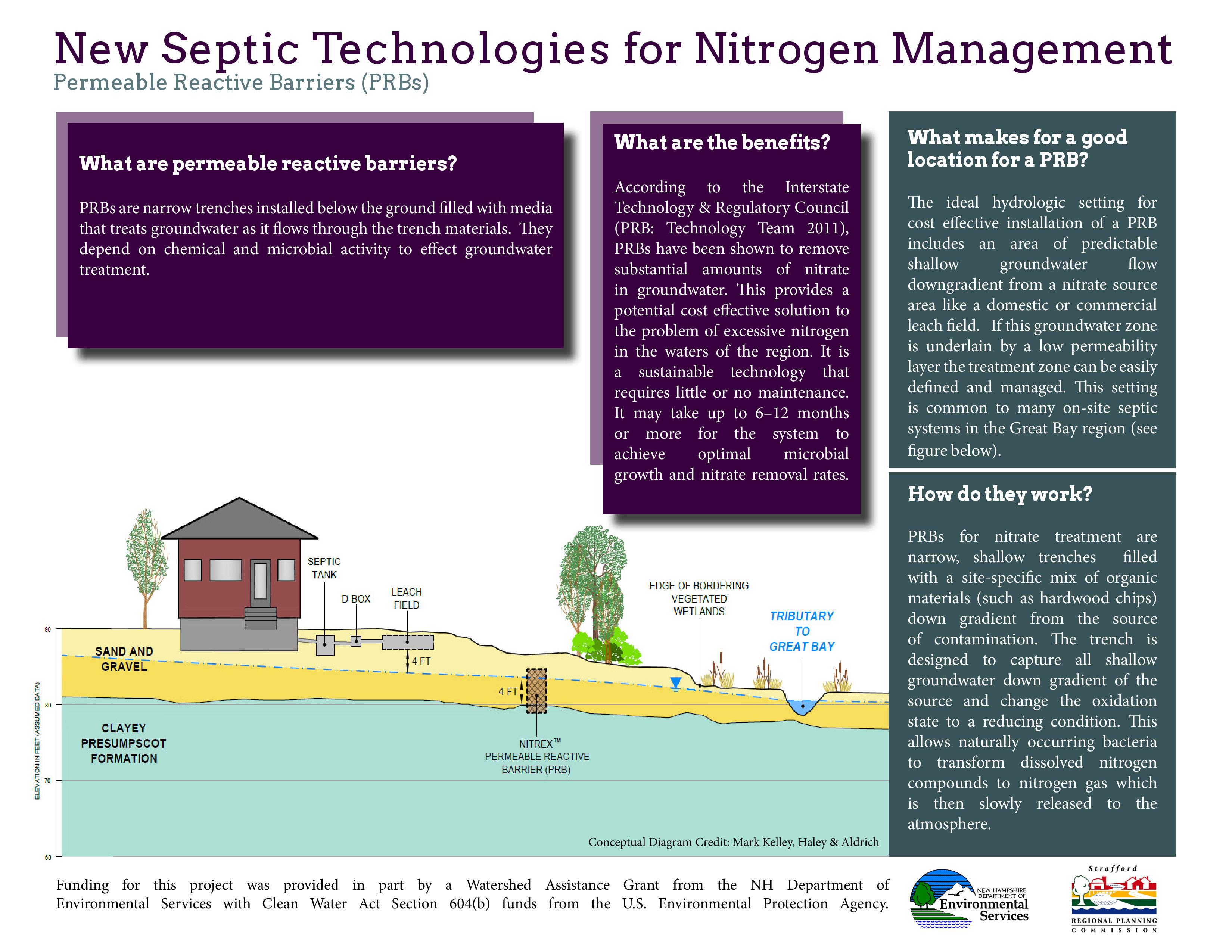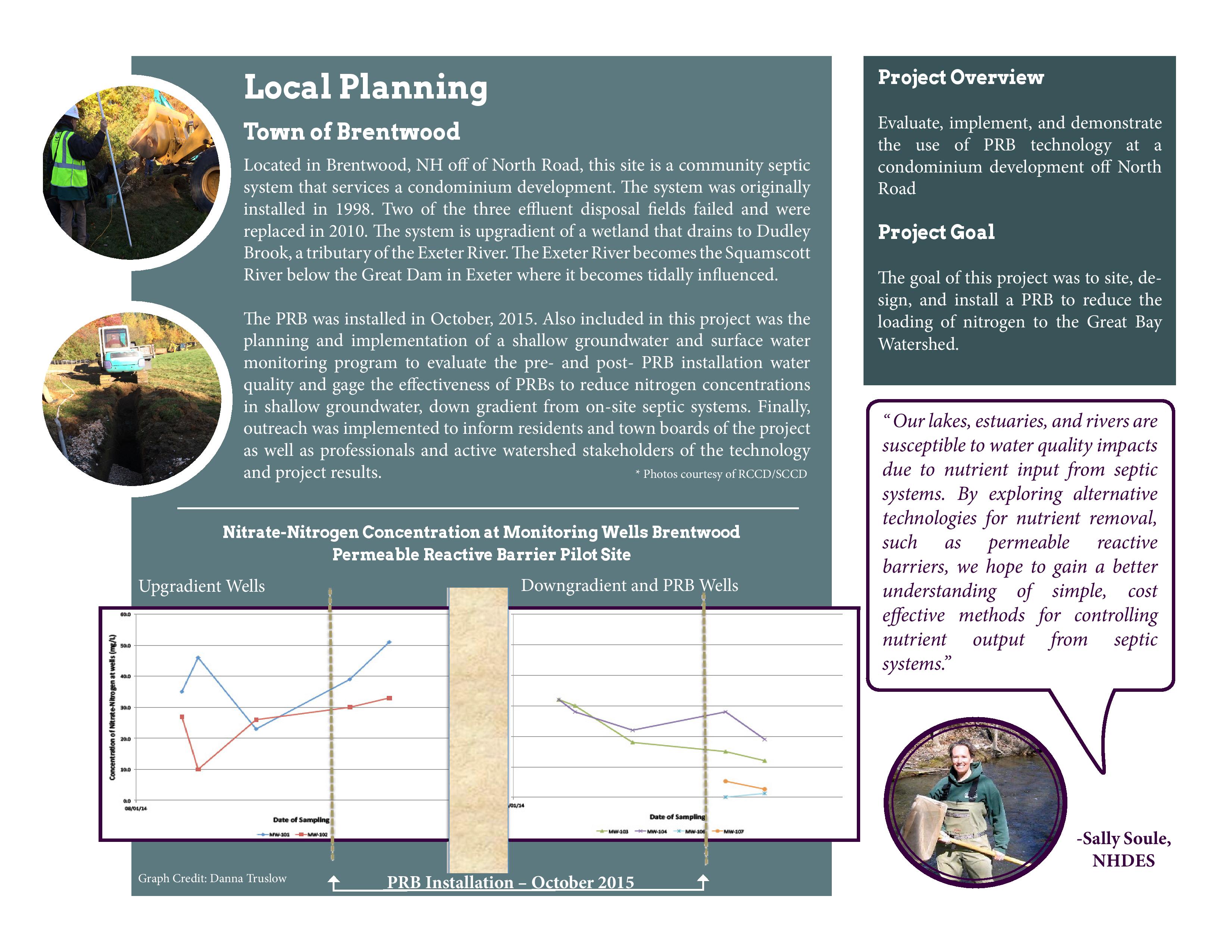Several calls came into the office this summer from pond owners concerned about the apparent decline in the health of their pond. After site visits, some background data collection and sampling of these ponds several common themes emerged, including:
- High water temperatures and depressed dissolved oxygen (DO) throughout
- Buildup of silt and organics and low DO at depth and at shallow pond edges
- Increased fine sediment and algae
- An apparent decrease in fish populations.
Some of these negative characteristics are due to weather – this year, we had lower than normal rainfall at the beginning of the summer followed by higher than usual summer temperatures – that can lead to declines in pond health. However some are due to pond maturity and how water circulates through a pond system.

Most ponds have an inflow and outflow and many are fed by groundwater as well, but only some of the water in the pond is regularly refreshed, especially in the summer months when warmer upper waters generally don’t mix with the cooler bottom water. This can lead to build up of sediment and organic matter in the pond bottom and lead to lower levels of dissolved oxygen than desirable for pond health. Excess nutrients can also build up and lead to growth of unwanted algae or in some cases harmful algal blooms.
Some fall pond maintenance tips can help —
- Complete a fall cleanup to limit leaf and plant material from accumulating in the pond;
- Allow native plant materials to grow adjacent to the pond to help trap sediment, utilize nutrients in runoff and to reduce erosion;
- Add plants and trees that will shade areas of intense summer sun and moderate pond temperatures; and
- Temporarily lower the pond outflow level to enhance flow through the pond in fall and spring.
For guidelines on maintaining or improving water quality of ponds, lakes, rivers, streams and coastal areas see the UNH Cooperative Extension (UNHCE) site and review (for free) or purchase UNH “Landscaping at the Water’s Edge” booklet. More information from UNHCE can be found here.
